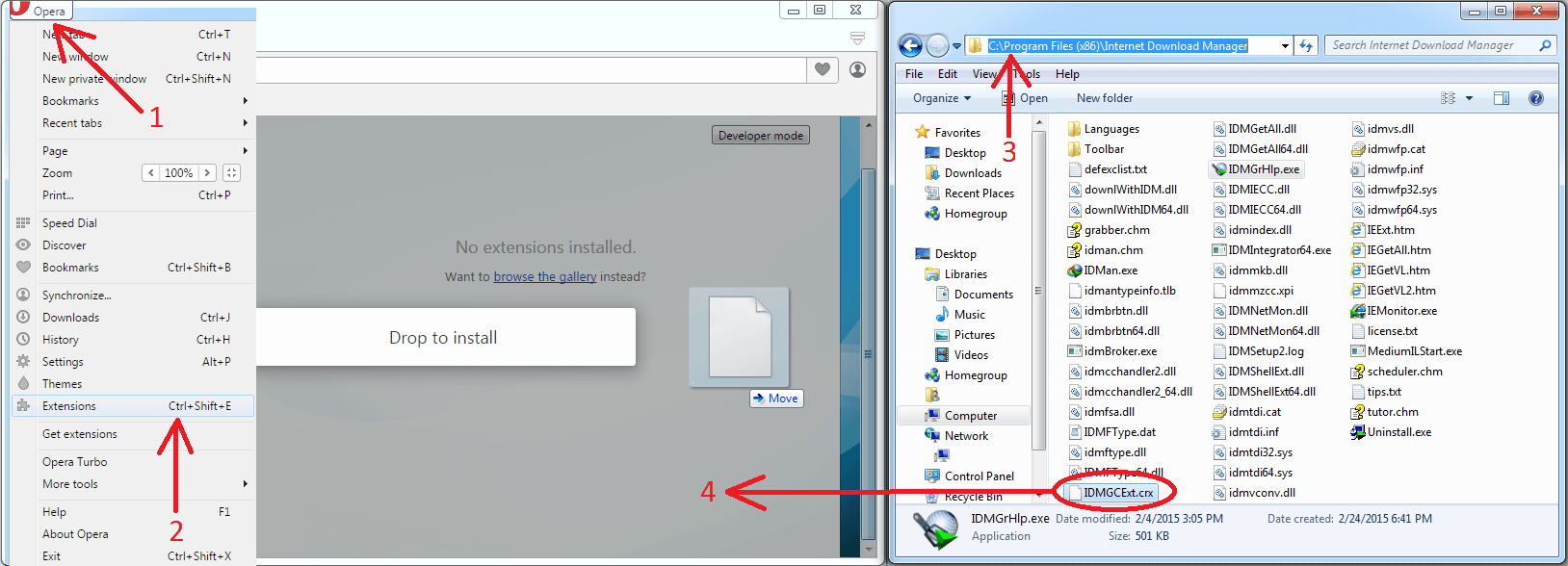

manifest.json, to make it available to background and content scripts.To use the polyfill, install it into your development environment using npm or download it directly from GitHub releases. This polyfill addresses the API namespace and asynchronous event handling across Firefox, Chrome, Opera, and Edge. So, how do you take advantage of promises easily? The solution is to code for Firefox using promises and use the WebExtension browser API Polyfill to address Chrome, Opera, and Edge.

Note: If you're unfamiliar with the differences between these two methods, take a look at Getting to know asynchronous JavaScript: Callbacks, Promises and Async/Await or the MDN Using promises page. This article looks at six of the main challenges faced when creating a cross-browser extension and suggests how to address these challenges. Maximizing the reach of your browser extension means developing it for at least two browsers, possibly more. However, there are differences in the API implementations and the scope of coverage among the browsers that use the extensions API (the major ones being Chrome, Edge, Firefox, Opera, and Safari). The introduction of the browser extensions API created a uniform landscape for the development of browser extensions. The major browser vendors are collaborating (with community members) to ease the development of a cross-browser extension in the W3C WebExtensions Community Group. However, work on Manifest v3 is not complete. Manifest v3 is likely to change the way cross-browser extension development is undertaken.

At the time of writing (December 2021), manifest v3 is being introduced by the major browser vendors. Note: This article discusses building cross-browser extensions for manifest v2.


 0 kommentar(er)
0 kommentar(er)
